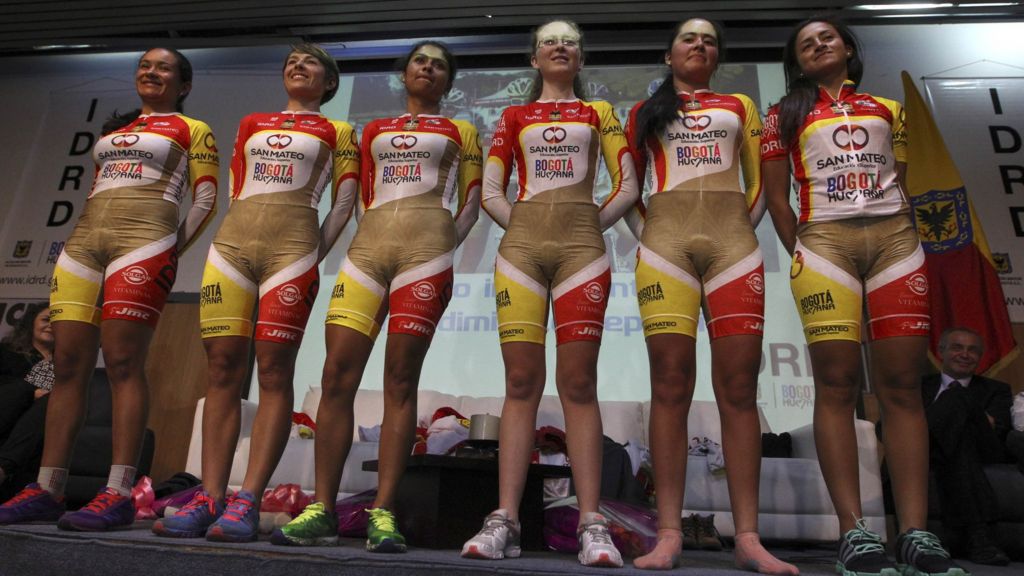Getting around in Barcelona – Lonely Planet
Barcelona is a perfectly sized city.
It is sufficiently big, so you always have something to do and something new to discover, and thanks to its relatively compact size and extensive metro and bus networks, you can easily get anywhere in the city in no time.
If you love exploring by bike, you’ll also be happy to hear the entire city was recently filled with 200km (124 miles) of bicycle lanes, making it one of the most manageable “big” cities to visit in Europe. Plenty of Barcelona’s attractions are in the Old City and easily reached by foot.
Here are the best ways to get around Barcelona.
Get local insight on destinations all over the world with our weekly newsletter delivered to your inbox.
The Barcelona Metro is quick and convenient © Jordi Salas / Getty Images
Barcelona’s Metro is the best way to see the main sights
Composed of eight lines and 161 stations and operating since 1863, the Barcelona Metro is an extensive electric railway network that runs mostly underground, connecting downtown with the suburbs and several adjacent cities, including L’Hospitalet and Badalona.
Nowadays, Barcelona’s best neighborhoods and most of the city’s top things to do are well connected by metro. The Sagrada Família, Casa Batlló, Platja de la Barceloneta, Arc de Triomf and other spots are accessible from the metro, making it the most convenient way to get around Barcelona.
The metro runs from 5am until midnight Sunday to Thursday. On Friday, Saturday and the nights before public holidays, it operates until 2am.
Ride the Ferrocarrils de la Generalitat to the foothills of Barcelona
The Collserola mountain range limits the north of Barcelona. To access the districts at the foot of those hills and beyond, you must take the Ferrocarrils de la Generalitat (FGC).
The upper-class districts of Sant Gervasi, La Bonanova, Sarrià and Vallvidrera each have an FGC station. These districts are worth visiting, especially Sant Gervasi, where you find some of the best fine-dining restaurants in town.
Technically, the FGC belongs to the Barcelona Metro network, but there are some big differences.
Want some help? Let Elsewhere plan your next trip.
The bus is the best late-night transport
With more than 200 lines and their own bus lanes, the hybrid city buses of Barcelona can be faster than the Metro, especially if the Metro line doesn’t have a direct connection with a certain attraction. Several bus lines run all night, making it easier to explore Barcelona after dark.
Learning the different routes can prove challenging, but Google Maps is a great travel aid, plus all stations have maps and detailed routes from their specific area. Tickets can be purchased only inside metro stations.
In a nod to its role in a carbon-zero future, Barcelona’s public transport system is also slowly changing to more energy-efficient vehicles, with all new buses being electric or hydrogen-powered.
Ride the cable car above Barcelona’s port © arkanto / Shutterstock
Get epic views from Barcelona’s cable cars and funiculars
Barcelona has funicular lines and cable cars that go to popular tourist attractions like Tibidabo, the tallest hill in the city and home to the church with the most incredible views. You can sail high over the port or access Montjuïc, another hill located on the west side of town, where you find the city’s castle.
Tickets can be bought in metro and FGC stations
All modes of public transportation in Barcelona work with the same travel card, which can be purchased in every metro and FGC station. Note that all prices mentioned refer to Zone 1, but the FGC goes to up to 6 zones, so different fares apply. A fare reduction was introduced in September 2022 for some of the most common tickets types and is expected to continue through the first half of 2023.
A single metro ride costs €2.40 (€5.15 if going to or coming from the airport), but if you plan to use transport lots want to get around Barcelona cheaper, visitors can choose from several integrated tickets:
- T-Dia (€10.
50): Individual ticket valid for 24 hours. Good for solo travelers who are planning to take several metro rides in one day.
- T-Casual (€7.95): Individual ticket worth 10 journeys. Good for any solo travelers who stay in Barcelona for a few days.
- T-Familiar (€10): Multi-person travel card worth eight journeys. Ideal for families or groups of friends.
- T-Usual (€20): Individual travel card with unlimited journeys, valid for 30 days. Works best for solo travelers who are staying in the city for a longer period of time.
All integrated tickets have the advantage that one ride will still be valid when changing the mode of transport within a 75-minute window. However, if traveling with a single ticket, you will have to buy an additional one when switching from metro to bus or metro to FGC.
See Barcelona on two wheels by cycling around the city © Littleaom / Shutterstock
Barcelona is becoming a bike-friendly city
Cycling is a great way to get around Barcelona.
Unfortunately, only residents can use the public rental service, Bicing (pronounced “be-zing”) and it is not available for tourists. However, visitors who wish to get around Barcelona by bike can easily get one at any of the bicycle rental shops all over the city. The city center is relatively flat, making it fairly easy to cycle around and explore.
Many sights in the Old City are easily explored on foot
Strolling down the streets of Barcelona – hopping from neighborhood to neighborhood while getting a sense of all the architecture and social contrasts – is one of the best things you can do in the city.
If you are staying in the Old City or anywhere downtown, most tourist attractions are within 2km to 3km (1 to 2 miles).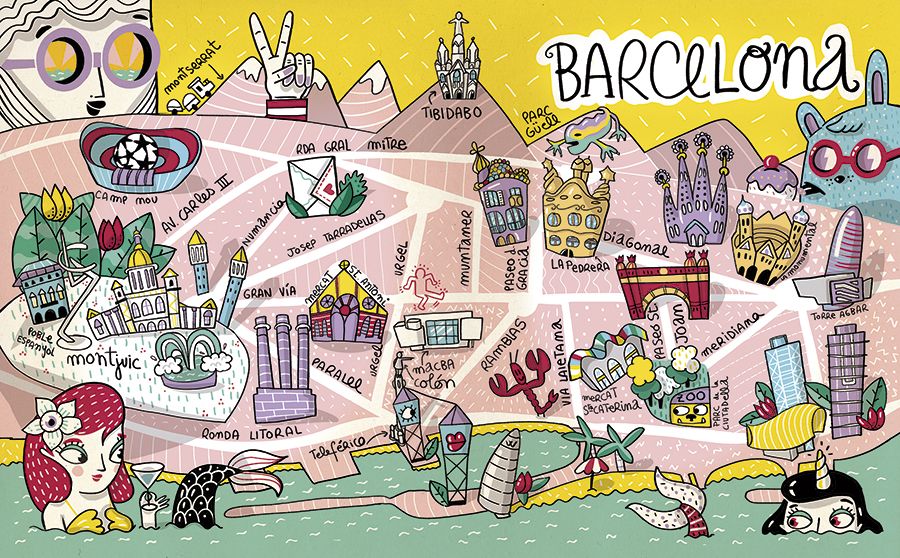
Take a taxi for ease and comfort
Visitors who like to travel with a higher level of comfort can wave at any of the yellow taxis driving around Barcelona all day. Typically, fares start at €2.10, but at night and on weekends, prices may increase. Alternatively, several taxi apps operate in Barcelona. Hailo and MyTaxi are the most popular choices.
Barcelona’s public transport, particularly buses and the metro, has been made accessible for travelers using wheelchairs © Linguist / Shutterstock
Accessible transportation is a priority in Barcelona
Barcelona has one of the more accessible public transportation networks in Europe, with 147 metro stations (out of 161) being completely accessible to wheelchair users and 100% of buses having an access ramp, wide doors and reserved seats.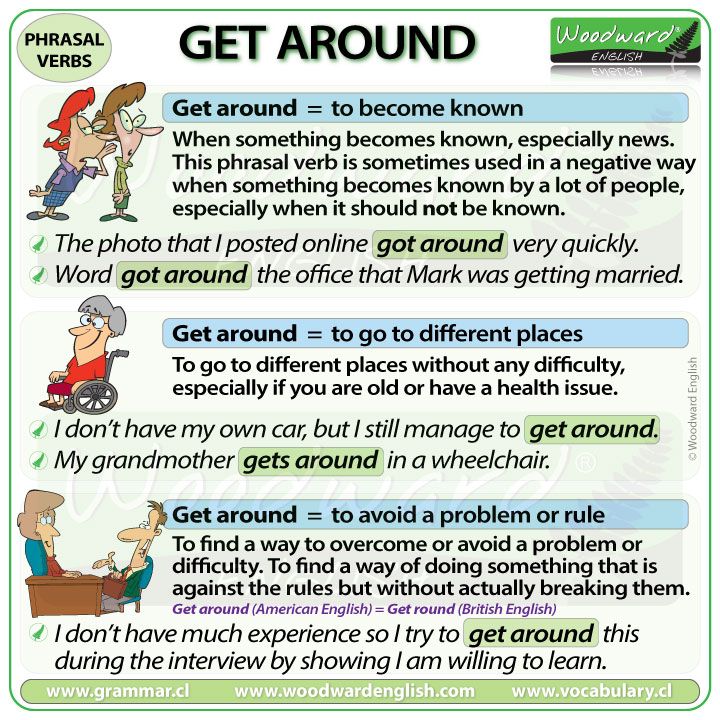
The city administration is also working on making both the metro and bus accessible to blind people by implementing a voice navigation system and a metro guide in braille at all information points.
For more tips, download Lonely Planet’s free Accessible Travel Online Resources.
How to get around Barcelona in 2023? (Bike, Vespa, Metro + PRICES)
Getting around Barcelona is fast and easy. It has one of the best public transport systems in Europe, and the city center itself is really walk-able and comfortable to explore by bike.
Here you can find our full guide to spend One Week In Barcelona, including where to stay.
Even when staying right in the old town, the very city center, you need to get around somehow. Here’s my brand-new guide on beach hotels in Barcelona (with pools and roof tops).
So, what transport shall we pick? Barcelona is our home town, so we know the best ways to get around.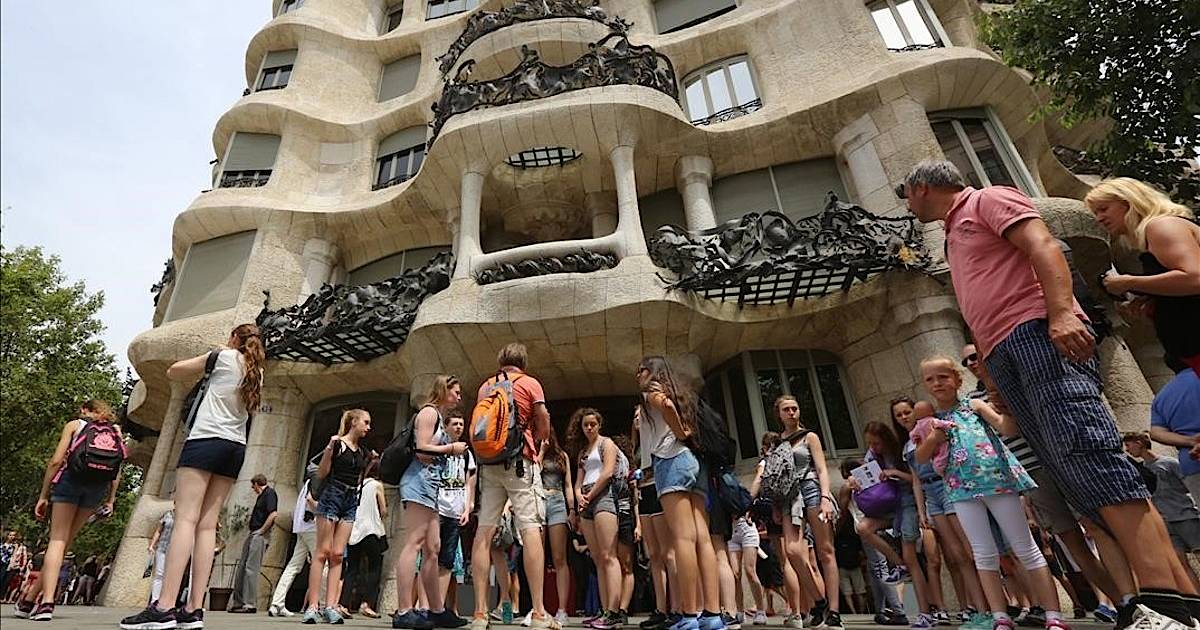
We put together the numerous options of transportation. Just click on the one you’re interested in. We will walk you through its pros and cons.
Are you planning to get out of the city? Then check 33 best day trips from Barcelona and Omio.com for transport options like train and bus.
On the menu:
- Metro, Tram and Train
- Public bus
- Sightseeing Bus Touristic
- Scooter and Vespa (my favorite)
- Bicycle
- Taxi
- Walk
- Car (and parking)
- exception: Ferrari
- The Verdict
1. Getting around Barcelona: Metro, Tram and Train
You have every type of transportation to choose from.
The tickets you purchase is valid for the metro, tram as well as the train, if you’re not leaving the city with the train. The train, however, would be the better option when planning to get out of the city or for day trips to Sitges, Gerona or Costa Brava.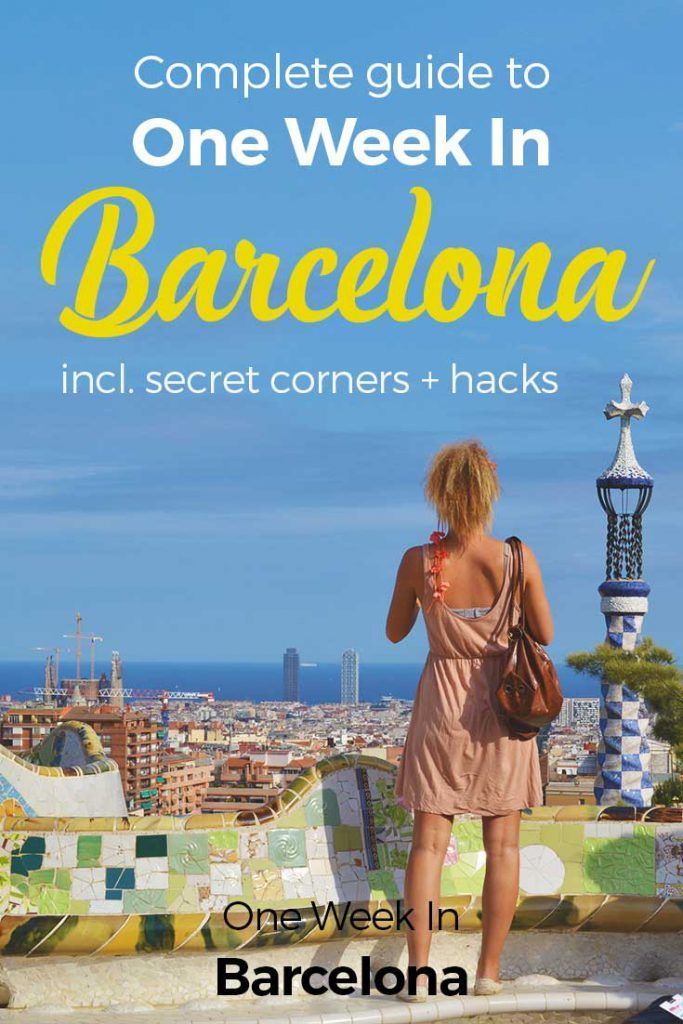
For more ideas, check our list of 33 day trips from Barcelona.
Pros of the Metro:
Fast, cheap, and always available!
The metro system in Barcelona is one of the best ones we know! You will wait maximum 5 minutes during the day for the next metro.
There are many metro stations and it is easy to understand.
We recommend purchasing a T10 Ticket which is valid for exactly 10 rides (around 10€)
It costs less than individual tickets and you can use them as a group as well. There are as well daily tickets and 2-day or 3-day tickets. Those are recommended if you plan to use the metro more than 6 times a day.
Either way, on almost every entrance you will find official workers from the metro. They are used to tourism so in most of the cases they speak – at least a bit of – English to help you out.
- fast
- cheap
- well-connected
- almost always available
Metro Operating Times:
The Barcelona metro operates daily starting from as early as 5.
Here are the opening times for the metro:
- Weekdays (Monday to Thursday): until midnight.
- Fridays and public holidays: until 2.00 am at night
- Saturdays: runs all night
- Sundays and public holidays during the week until midnight
There is always a special schedule for events and festivities in the city.
Check out the schedule on the official website TMB.cat for more info.
Cons of the metro:
Thieves love to be around the metro, waiting for opportunities. Please watch your belongings in the metro, and you will be fine.
Here is a handy guide on how to stay safe in Barcelona.
Also, another con we do not really like: you’re underground, meaning you don’t see the city. This is, however, a personal opinion.
- make sure you watch your belongings, as thieves tend to come here
- faster than the bus, but underground – no view to the city
More: This video below gives you a deep insight into the metro system in Barcelona and the ticket to purchase.
2. Public Transport: the Bus
Taking the local bus is another great way to get from A to B.
You can get a feeling for the local life, see people rushing to their work, kids on their way to school and so on.
Pros:
The buses in Barcelona are well connected and they usually leave very frequently.
However, depending on where you’ve to go, it can take a bit longer than the metro. Getting to the beach is faster though. Therefore, make sure you check the route beforehand.
There are as well night buses available. When the metro stops, you can always catch a bus. However, a Taxi might be the better option, as you don’t have to wait.
Another plus is the safety. It is less likely to get robbed in a bus other than the metro, but you still have to watch out your belongings. Therefore: It is highly recommended!
Pros in the overview:
- well-connected
- you see the city
- safer than metro
- night buses available
Cons:
Depending on your itinerary, the public bus can be slow.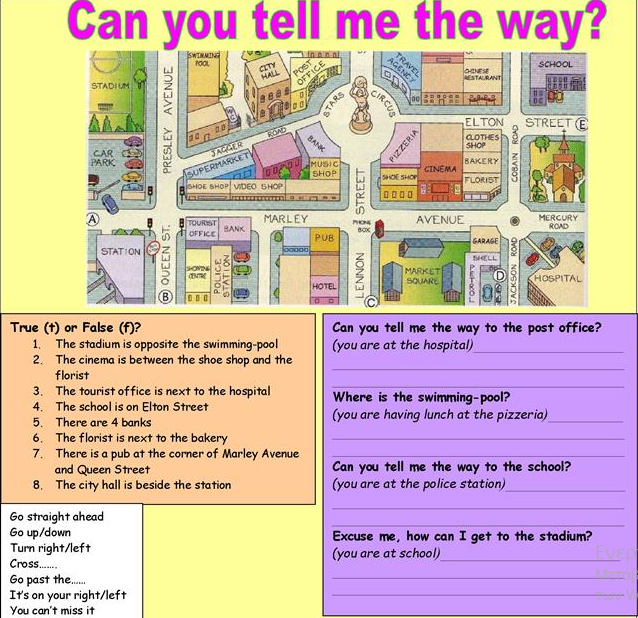
Try to avoid the bus during rush hour, meaning, don’t take the bus between 5:30 pm and 7 pm, when people finish work.
Good to know: You can buy a single ticket on the bus, but you cannot buy a T10 Ticket! The T10 ticket is a ticket for 10 rides, and you can buy it in every metro or train station. It is valid for the bus as well.
3. Hop On Hop Off Bus
The tourist bus, also known as “Hop on Hop Off Bus”, is one of the most popular ways for getting around Barcelona.
There are different routes to take around the city and you can hop on and hop off as many times as you want. Obviously, they cover all the major tourist attractions like Sagrada Familia, Park Güell, Camp Nou, Ramblas and so on.
You can start taking the Bus Turistic from Placa Catalunya, the main square in the very city center.
Get your Bus Turistic ticket
Pros of the Bus Turistic:
For those who have little time but want to check all the touristic points of Barcelona, the turistic bus can be a good idea, as it goes straight to them.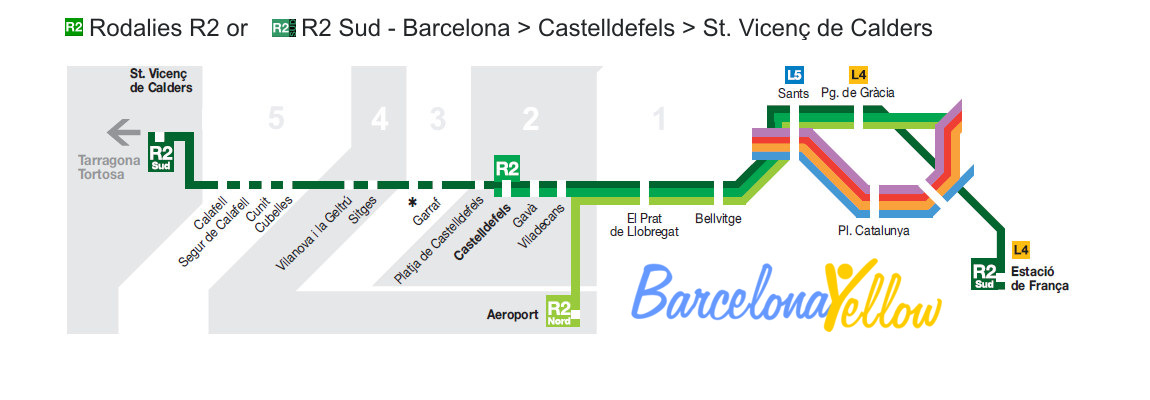
- direct stop at the main attractions (or nearby)
- you see the city from your seat
- double decker buses with panoramic views
- interactive guides
- free WiFi
- official Barcelona couriers on board
Cons:
- restricted schedule: from 9 am to 7/8 pm (depending on the season)
- it does not go off the beaten path
- purely touristy!
Good to know: with your ticket, you can use the different lines, check all of them. For the night turistic bus, you need a separate ticket.
4. Scooter (even better: a red Vespa!)
Jambalaya, this is our favorite – fast, affordable, fun!
Renting a scooter is quite cheap, and you can park almost everywhere around the city. You can go up the Tibidabo and Montjuic which is quite fun. You can go to the beach, hit the city afterwards, and drive to a Barca match in no time!
I wrote a big guide on scooter rental in Barcelona.
Even better than a scooter is actually renting a beautiful red vespa. We did this. And we would always repeat it, as you’ll feel like in a vintage movie.
Pros:
- fast from A to B (perfect for a 1-day trip)
- fun
- cheap
- park (almost) everywhere for free
Cons:
- Traffic is busy in Barcelona. Experience is recommended, although not required. Just drive slower and keep right and you will be fine.
- Make sure you park in the marked parking spots for scooters. They are basically everywhere, so don’t park in the middle of the road.
5. Getting around on two wheels: Bicycle
Eco-Friendly, fast and especially beautiful to cruise along the beach and the Passeig de Colom!
Renting a bike can be a great option to get around Barcelona.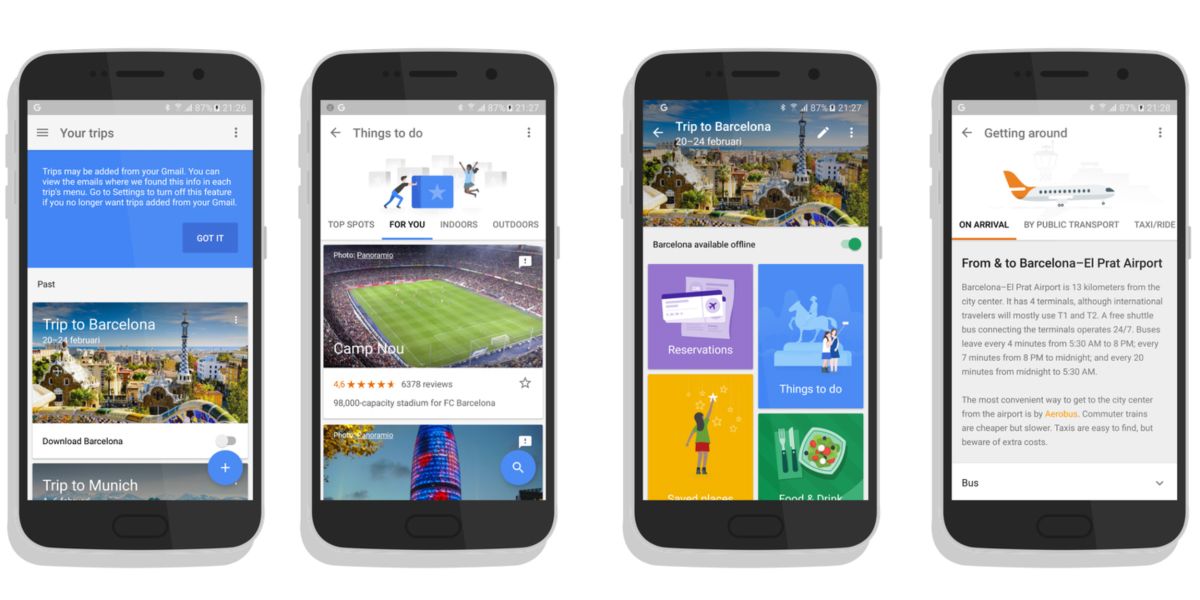
Try to avoid the most narrowed streets in the old town and try not to run down anyone with the bike. But seriously, a bike is a fab option.
It is faster than walking and slower than sitting on a scooter. It is also really safe. There are also many different Barcelona bike tours. They are safe and guided.
Pros:
- perfect for medium distances
- especially perfect to go to the beach
- cheap
- Eco-friendly
- you can park everywhere
- special bicycle lanes around the city
Cons:
- Safety issue: Make sure you always lock your bikes properly. The bike rental provides you a big lock, use it!
- Renting a bike overnight? Take the bike inside or park it directly at the renting shop itself. Bikes are NOT safe on Barcelona’s streets at night.
Bike Tour
As mentioned, there are also great bike tours to join. The best bike tour we have joined is Steel Donkey Bike Tours. Their alternative bike tour takes you around the hidden gems of Barcelona, and “rides” you through the local life.
Check out the official website www.steeldonkeybiketours.com for prices and schedules
6. Taxi
11.000 taxis to choose from – not too bad, right?!
The taxis are quite affordable, compared to European standard rates for Taxis. You can stop a taxi all around the city at all times. We never had any bad experiences with taxis. Actually, quite the opposite. Taxi drivers here are known for being helpful and quite knowledgeable about their city.
What about UBER? UBER is currently not legal in Barcelona, and rarely used. Best option is to go with a legal cab.
Pros:
- Accessible whenever
- Accessible wherever
- safe and fast (except during the rush hour or special festivities)
Cons:
- “higher cost” compared to the other options above
- avoid taxis in rush hour between 5:30 pm and 7 pm – streets are too busy, and it’ll take you longer
7.

Walking!! Barcelona is very walk-able.
Actually, whenever I walk I discover something new. It can be a plant concept store, a new café, cool restaurants with an interesting offer on daily menus, and so on.
Some of our best restaurants in Barcelona list were actually discovered by walking. If I wouldn’t be so lazy, I would always walk. Be better than me!
Pros:
- You discover new locations – all the time
- safe
- perfect to explore El Born, Gothic Quarter and Gracia
Cons:
- Time-intense, slow
- Quite hot during summer season
8. by Car
Uff…a car in Barcelona is quite a hassle.
The traffic is always busy, the parking spots are super limited, and even if you manage to score on, you will have to pay for parking. Also, driving through Barcelona by car can be very slow.
For renting a car I recommend Discover Car Hire. They compare car rental companies and give you the best price.
Therefore, if you can avoid this, do so!
Pros:
- perfect for day trips outside the city. Here you find our 33 epic day trips from Barcelona
- You don’t get wet on a rainy day (well, we tried to find another plus here!)
Cons:
- traffic is busy
- it’s slow inside the city
- expensive parking
9. Exception: Ferrari
For my 30th birthday, my friends gave me a very special present. Besides my surprise party, I got to drive a Ferrari for 1 hour through Barcelona. I’ve to admit, I am not a big fan of motorsport or cars, but this one was seriously awesome!
I got to drive a real Ferrari with 500 on horsepower. You can find these experiences with Airbnb.com.
When I saw the car in real-life, I got a bit nervous. But one staff member of the rental company will be your Co-Pilot, so no worries at all. He will navigate you through the city, giving you advises if you need to.
Pros:
- Unique experience!
- affordable, prices starting from 90€
Cons:
- none, seriously, none!
Book your Ferrari Ride in Barcelona here
The Verdict: Getting around Barcelona
You see, there are plenty of options.
All of them have their pros and cons.
It is not easy for us to make a generic recommendation. It always depends on your travel style, the amount of time you have and obviously your own preferences. So here I try a generic recommendation for the different traveler styles:
Active traveler: I recommend combining a scooter with walking for the more active ones. I simply love to get around quickly from the beach to Sagrada Familia, from the Camp Nou to Torre Agbar.
Remember to read my guide on how to rent a scooter in Barcelona.
Speed Traveler: Don’t have much time? Then Bus Touristic is a very convenient transportation. It is safe, fast and comfortable to see all the sights. Start your journey from Placa Catalunya and keep your camera ready.
Day Trips from Barcelona: You have to read my 33 best day trips from Barcelona and check Omio.com for train and bus schedules and prices.
You can find all our articles and information on spending One Week In Barcelona here.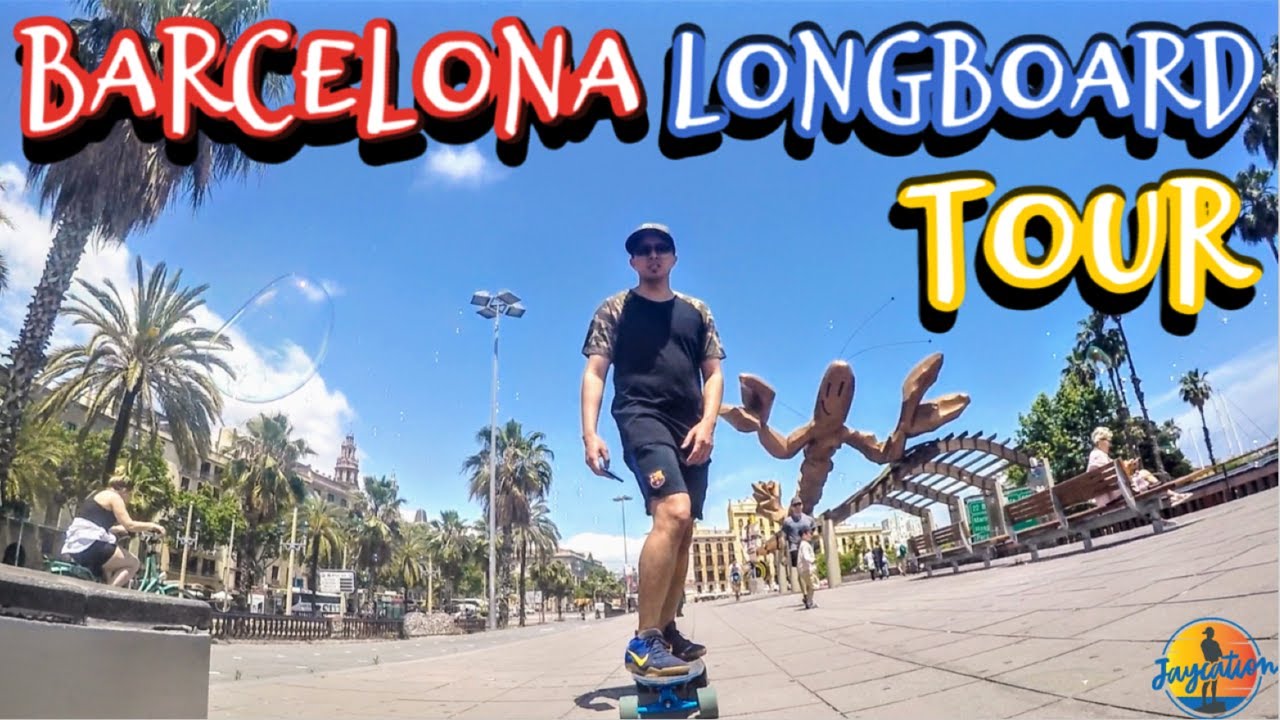
Any questions?
Do you have any preferences or things to add? We would love to get your feedback.
Leave us a comment below.
Safe travels and enjoy Barna!
– – –
Pin it now, read it later
Travel Europe Smarter in 2023
Reliable Car Rental
Discover Cars.com is a top website for renting cars. Read our full review.
Book great Accommodation
Booking.com is the best site to find great hotels deals. Vrbo is the best alternative to Airbnb for renting apartments.
Safety: Travel Insurance
World Nomads and Safetywing are the best travel insurances.
Find better Flight Deals
Famous Skyscanner is the #1 tool to find great deals for flying to Europe.
Need a Guide?
Take Walks run small walking tours all over Europe. They offer high-quality walking tours with exceptional guides.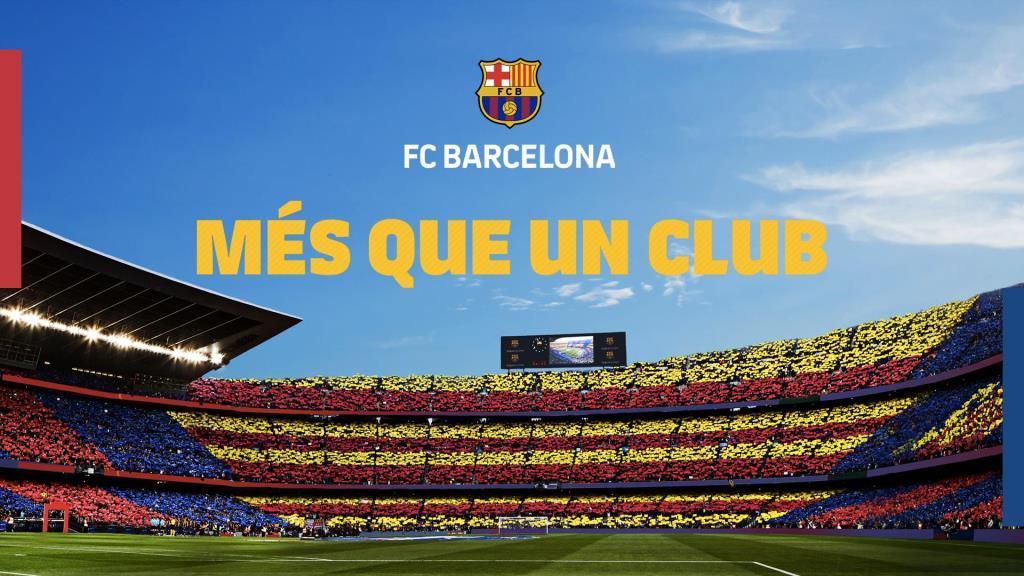
More Money-Saving Travel websites
Check out our guide to the best 16 Travel Websites for Europe.
Bookmark this site; it will easily save you money using these recommended websites.
Transport in Barcelona, Spain
Page Content
This page only provides information on the transport system in Barcelona. For more information on specific modes of transport, follow the links at the bottom of the page.
| Metro station on Plaça Catalunya |
There are five main ways to get around the city.
Metro (subway or subway)
| Subway train |
Barcelona has a clean, punctual and air-conditioned metro system with stations close to the city’s main attractions. The metro can be especially useful in summer, when it is too hot to walk around the city. Read more about this on the page dedicated to the metro system.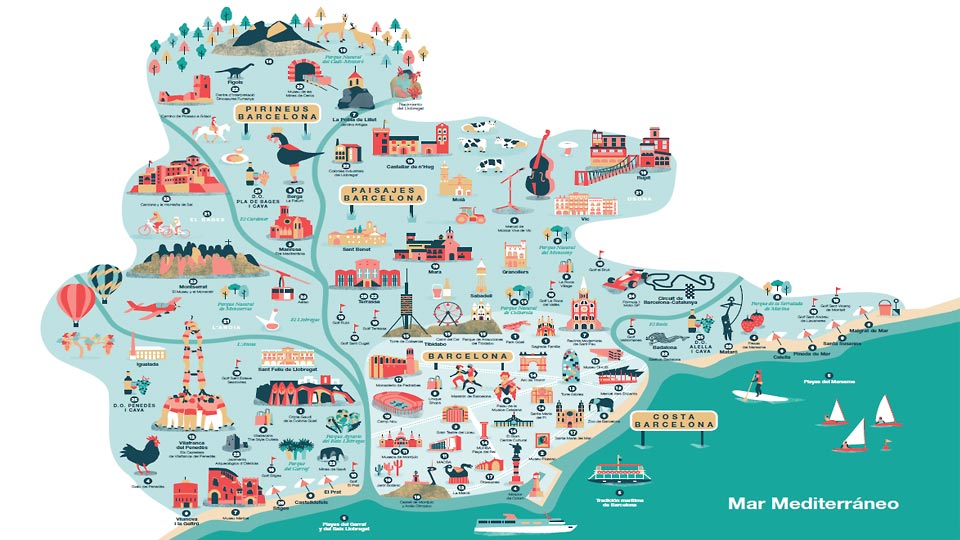
Transport pass T-Casual
Details about the T-Casual pass for metro and buses can be found on the page about the T-Casual pass.
Taxi in Barcelona
| Taxi in Barcelona |
Tel.: +34 93 225 0000
Tel.: +34 93 433 1020
Tel. 052 +34 93 300 1100
Tel. +34 93 303 3033
Tel: +34 93 284 8888
Tel: +34 93 330 0300
Taxi is an affordable alternative to public transport. A 15 minute ride will only cost around €14.00. A licensed taxi is paid strictly according to the meter. Prices can be seen in the taxi salon.
Tips are welcome, but not required. If you want to give a taxi driver a tip, give 5% -10% of the cost of the trip.
Barcelona’s official taxi is painted black and yellow, with a green light on the roof to indicate that the car is available.
Most taxis are licensed to carry 4 passengers, but some minibus drivers are licensed to carry 6 passengers.
At the same time, taxis are not the best mode of transport for getting around the city center. Most of the center is riddled with pedestrian streets, and the highways that run through the center can be very narrow and crowded with cars. In such conditions, there are two options – walking or Barcelona’s transport system (metro and buses).
Taxi for people with disabilities.
If you need a taxi adapted for wheelchair users or people with disabilities, call this number.
Barcelona taxi for people with disabilities
Tel: +34 93 322 2222
Tel: +34 93 307 0707
Tel: +34 93 420 8088
We have also written an extensive FAQ (Frequently Asked Questions) on all aspects of the Barcelona taxi service, which can be found at the following link:
Barcelona Taxi FAQ
rent a car in Barcelona
Renting a car in Barcelona In general, you only need a car if you have some special business or you are going to travel outside the city center.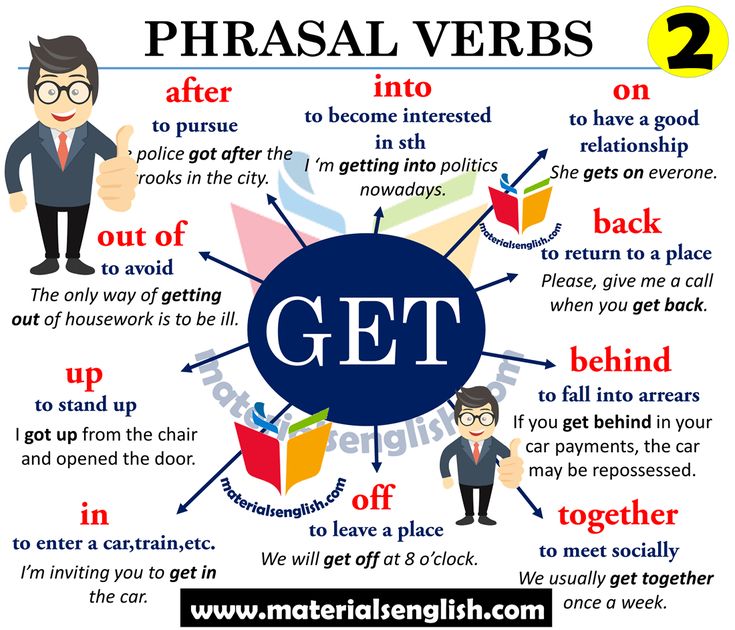
Buses
Clean and comfortable buses also run around Barcelona city centre. More information about buses can be found in any tourist information. Or you can visit the TMB website for more information.
| Bus TMB |
Hiking
Ironically, the public transport system may not be the best way to get around the city. Why? Because the center is actually not as big as it might seem.
The metro is an excellent way to get around and you won’t have to wait more than 5 minutes for a train. However, if you go on foot, you will be amazed to see that most of the sights in the center are located closer to each other than you might think.
In addition, walking is good because it gives you the opportunity to enjoy the breathtaking architecture of the city.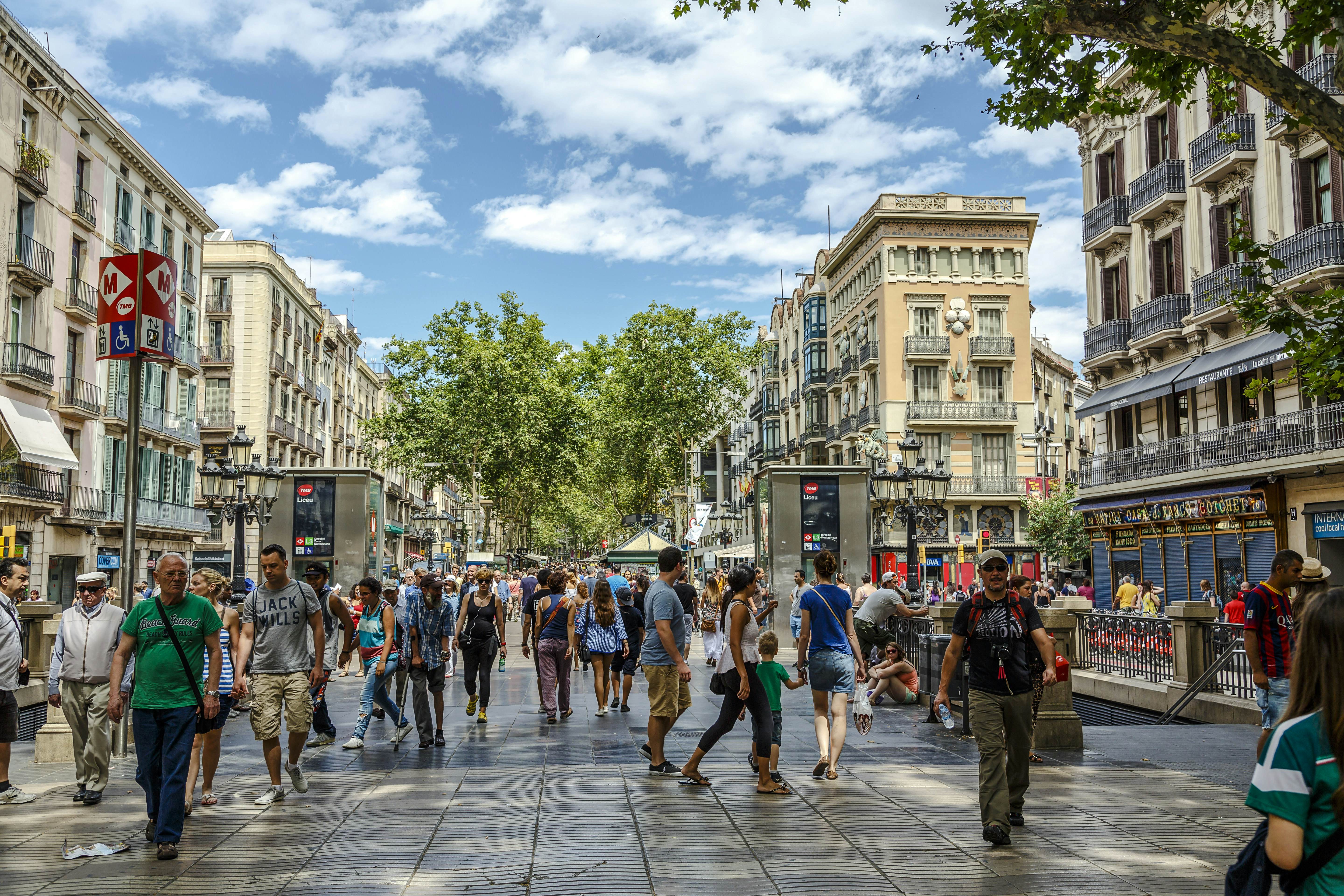
To get an idea of how long it will take to walk around different sights, take a look at the schematic map of Barcelona. The legend at the bottom of the map will help you find your way. Barcelona map
Transport in Barcelona: the complete guide – City Guide Barcelona ТМ
Transport in Barcelona is a very multifaceted topic. During an independent trip around Barcelona, a tourist has a huge number of options for moving around the city.
Travelers to move around the city of Barcelona can use one of the Barcelona transport modes, namely:
- metro
- taxi
- city bus
- funicular
- tour bus
- tram
- bike
The main advantage of urban transport in Barcelona is that it is not monopolized. In other words, it is managed by different companies:
- FGC is a rail transport company.
- TMB is a metro company.
- Autoritat del Transport Metropolita is one of the main transport authorities in Barcelona and the surrounding area.
What are the rates for transport in Barcelona
Barcelona and its surroundings are divided into 6 zones. Fares vary by zone. The entire city of Barcelona is the first zone. Other areas can be found in this post.
Barcelona Metro
Currently, Barcelona’s metro system consists of 164 stations with a total length of 124 kilometers. In addition, 11 metro lines are controlled by a number of transport companies. For example, lines numbered 1-5 and 9-11 are controlled by the TMB organization, the rest are owned by the FGC.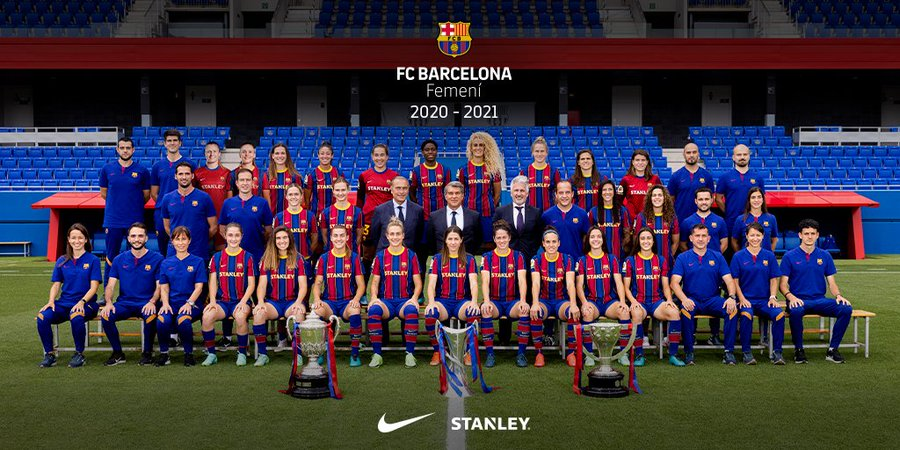
Metro
Barcelona bus service
The city’s city bus network is represented by 109 routes. They all have their own number from 6 to 196, but not all numbers are functioning. The total length of the routes of this Barcelona transport is 920 kilometers, and the number of stops is more than 1000.
Barcelona sightseeing buses
Sightseeing buses
A traveler who wants to get acquainted with all the sights of Barcelona, in order to save time looking for them, can use the services of sightseeing buses plying on 3 popular routes. Each of them is marked with colors:
- green – the shortest route, taking only forty minutes
- red and blue – travel time – approximately two hours
In order to avoid long queues when buying tickets for the sightseeing bus, we buy tickets in advance via the Internet here.
Trams in Barcelona
All tram lines in Barcelona connect the agglomeration with the city centre.
Areas and cost of traveling by public transport in Barcelona
For easy movement around the city, Barcelona is divided into 6 large areas, which are also divided into small parts with letter marks. The only territory that is not divided into smaller territories is territory No. 1 – the center of Barcelona, where most travelers want to go.
One-day ticket
For a traveler who needs to make many trips around the city in one day, it is most economical to buy a one-day ticket.
His prices in:
- 1 segment – €8.40
- 2 segment — €12.80
- 3 segment — €16.05
- 4th segment — €17.95
- 5 segment — €20.10
- 6th segment — €22.50
Single ticket for all routes
Many travelers say that it is very inconvenient to use tickets all the time on different transport routes in Barcelona.
Among other things, the average prices for one trip on Barcelona transport in:
- 1 segment – € 2.15
- Segment 2 – €2.10
- 3rd segment – €2.90
- 4th segment – €3.90
- 5 segment — €4.95
- 6 segment — €5.80
The best option for a tourist who does not need to travel around Barcelona is to buy an integrated T-Casual card, which allows you to make 10 trips on any public transport in Barcelona.
Tickets for the sightseeing bus
The cost of a ticket for the sightseeing bus is 28€ for one day and 38€ for 2 days in a row. For children aged 4-12, the fare for 1 day is 16 €, for two days – 21 €. Tickets can be purchased here.
Tram ticket prices
Travelers who intend to ride the tram within the same territory should be aware that the ticket price is €2.15.
Subway ticket prices
In Barcelona, as in the whole of Spain, there are several types of metro tickets:
- one-time tickets for one journey (their cost is about two and a half euros)
- one-day multi-pass – T-Casual at a rate of €11.
35
- Т50/30 days – €43.50
The ticket must be kept throughout the journey.
Where to buy tickets and how to pay
Tickets can be bought in advance or right in front of Barcelona public transport with cash or with a plastic card.
To get a ticket, the traveler needs to go to the ticket office of any metro or bus station, or to the machine. You can also use the internet to order any of the Barcelona transport tickets, which will also be 10 percent cheaper.
Bus tickets can also be purchased from the driver for cash.
Fines
In a city bus, the fine for traveling without a ticket is €50-100. If the tourist intends to ride the “hare” on the subway, then he should keep in mind that the fine in this case will be approximately €50.
Opening hours of public transport
Buses
Buses in Barcelona run from six in the morning until midnight. Sightseeing buses start working at nine in the morning and end the working day at seven in the winter in the evening, and in the summer at eight in the evening.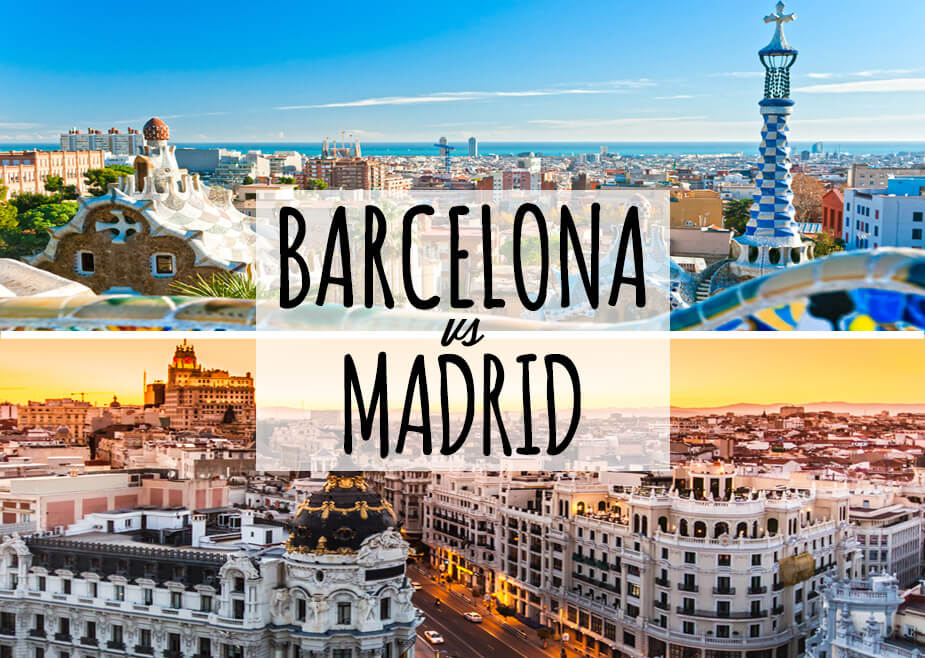
Metro
The metro in Barcelona opens from Monday to Thursday and on Sunday at five in the morning. Closes at twelve o’clock. On Fridays and holidays, it opens at 5 am and closes at 2 am. And on December 24, it works from five in the morning until eleven at night. January 1, June 24, August 15 and September 24 – around the clock.
Public transport intervals
Buses
Buses in Barcelona run mostly at intervals of 10-15 minutes. Night buses, which depart along 17 main routes, arrive at bus stations at intervals of twenty minutes.
Metro
As a rule, electric trains run at intervals of 2-3 minutes, minus August and Catholic Easter, when the metro administration arranges maintenance work.
Transport nuances
Buses
In all city buses, the entrance for passengers is located at the front door, entering which a person can pay for the trip directly to the driver or validate the ticket he already has.
Passengers get off only through the back door. To save on travel on Barcelona transport, it is enough to buy a travel card for 10 trips, which is sold at a tobacconist or newsstand.
Metro is the most convenient transport in Barcelona
For the convenience of passengers, every metro station has detailed mapped and described routes for other types of transport in Barcelona, to which you can then transfer. However, as a larger percentage of travelers who have been on the local subway say, the transitions between stations are not only long, but also cramped. In addition, in order to move from one station to another, you need to overcome two consecutive transitions.
Would you like to purchase the Hola Barcelona city card to save money on travel in Barcelona? Cross via link to the official ticket platform.
-
How to avoid queues at Barcelona attractions. Tickets for Sagrada Familia and Park Güell skip the line.
- How not to be deceived by local taxi drivers. Order a taxi in advance with fixed rates online. The most reliable service for ordering a taxi is KiwiTaxi .
- Excursions in Barcelona with locals will help you get to know this city for real. The best way to get comfortable in an unfamiliar city is to walk around it with a person who has lived here for many years.
- We advise you to take out travel insurance so that there are no unpleasant surprises while traveling to Barcelona.
- Barcelona City Pass is a one-stop card that makes organizing your holiday in Barcelona easier and saves you a lot of time and money.
- Hotels in Barcelona: is our selection and recommendations.
-
Bus Turistic is a tourist bus and a great way to get to all the necessary monuments of Barcelona quickly, with a breeze and comfort.

 50): Individual ticket valid for 24 hours. Good for solo travelers who are planning to take several metro rides in one day.
50): Individual ticket valid for 24 hours. Good for solo travelers who are planning to take several metro rides in one day.
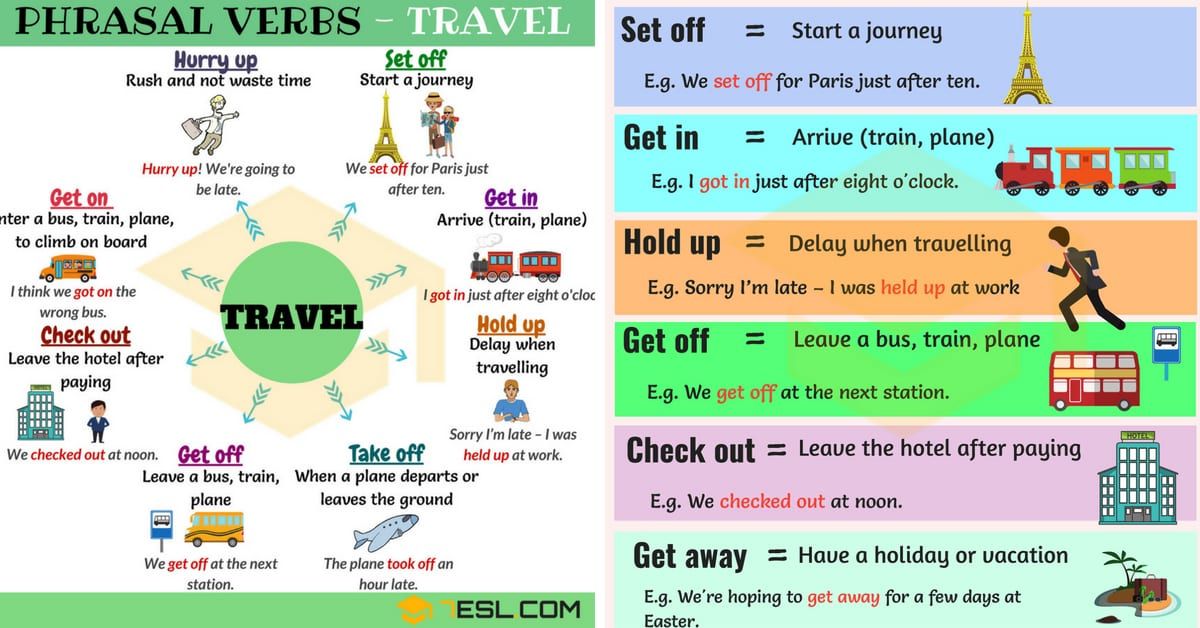 35
35 
